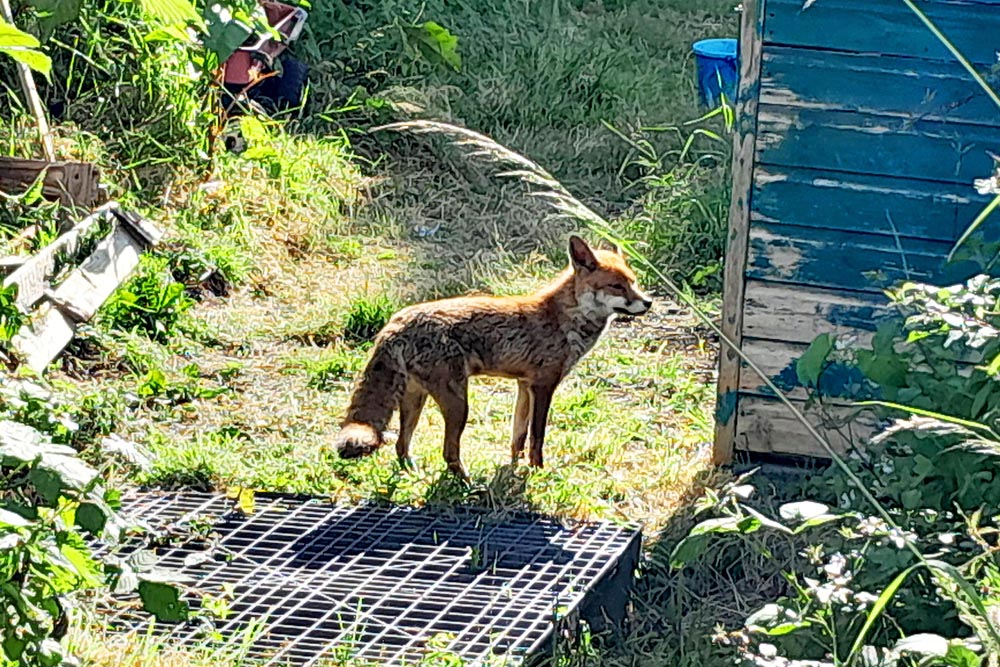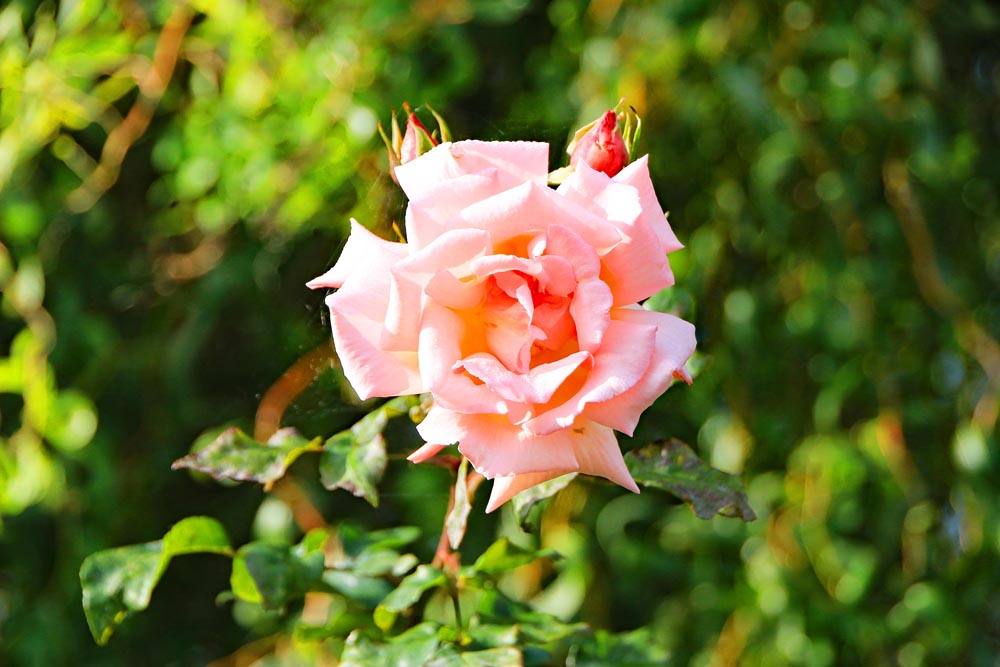

June:
By June we are all full immersed in the growing season on our plots sowing, potting on, planting out, pest watch, sowing some more. Sowing at this time of year tends to be direct which reduces the pricking out and hardening off tasks.
Usually the risk of frost has passed by now, and with longer days there comes more sunshine and time to be in your allotment. Watch out for pests encouraged by rising temperatures and new plant growth.
It’s never too early to think about and plan water conservation so we’re not reliant on using hosepipes and mains water.
Harvest
Beetroot, broad beans, cabbage, cauliflower, early peas, lettuce, rhubarb, spring onions, radish, spinach can all start to be harvested now.
Lift the earliest potatoes towards the end of the month.
Mid-June is the end of the asparagus season.
Start to harvest the first of your soft fruits.
Sowing and Planting
If the weather is dry, then water your seed drills well before sowing any seeds – this way the young plants will develop a good root system.
Successional sowings of beetroot, kohl rabi, carrots and winter cabbage seeds can all be done now – follow the instructions on the back of your seed packets, but it is worth starting them off in trays indoors and then transferring them outside after a couple of weeks. Sow every 2 - 4 weeks for a continual supply of produce.
Sow successional salad crops in a shady sport to reduce bolting.
Sow onions direct for pickling.
Sow chicory for winter forcing.
Brussels sprouts, cabbages, cauliflowers, celeriac, courgettes, outdoor cucumbers, French and runner beans, leeks, pumpkins, squashes, sweet corn, outdoor tomatoes can all be planted out into their final position now. As with all young plants water in carefully and protect from birds with netting.
Vegetables
Hoe at every opportunity to remove weeds and break-up the soil. This allows water to soak down into the earth.
Train in climbing beans and put in supports or netting for your peas. Water along the rows of peas to swell the developing pods.
Carry on with the thinning out of seedlings of earlier sown crops.
Allow autumn grown onions to fall over naturally as they ripen and dry. Once fully dry, lift and store somewhere dry and airy.
Sweetcorn can now be thoroughly hardened off and planted out when conditions permit.
Outdoor tomatoes can be planted in deep rich soil in as warm and sheltered spot as possible. Stake well.
Continue to earth up non-early varieties of potatoes.
Stop cutting asparagus and give the plants a top dressing of general fertiliser to help build up the crowns for next year.
Mulch with compost, leaf mould, grass clippings or well-rotted manure to supress weeds and help reduce watering. Apply on top of damp soil, a good couple of inches thick.
Fruit
Protect soft fruit such as currants and raspberries.
Tidy strawberry beds – ensure they are well mulched with straw. To increase plant numbers, allow one or two good strong runners from a healthy plant to be either pegged into the ground or into a small pot of compost.
Top fruit such as apples and pears should start to shed a little excess fruit. This is perfectly natural and is referred to as ‘June Drop’. Fruit on young trees should be thinned by hand in the first few years.
Flowers
Ensure all dahlias are planted out before the middle of the month and stake well for the taller varieties. Keep them well watered.
Gladioli for cut flowers may also benefit from the support of a cane per flower spike to keep them growing straight.
Annual cut flowers should be well hardened off and planted out early in the month.
Greenhouse
Don’t allow plants growing under glass to dry out or overheat and tie in new growth regularly.
Ensure greenhouses, polytunnels and cold frames are well ventilated on warm days. Temperatures soon rise and can damage young plants.
Floors, staging etc. can be dampened down with the garden hose or watering can: this lessons the chance of red spider mite attacks which thrive in hot dry conditions.
If necessary, apply shading to the greenhouse. You can use either spray-on or paint products directly on the glass or attach netting to break the sun’s rays.
Pests and Diseases
Watch out for aphids (black fly on broad beans and greenfly on various crops) and thrips on brassicas – spray the plant with soapy water (diluted washing up liquid) or squash the flies with your thumb and finger. You can buy insecticides if you prefer, including a fatty acid soap to spray on the plants.
Carrot fly is a particular problem between May and September – when female flies lay their eggs. Some varieties of carrots are more resistant to carrot fly but none are 100% proof. To deter low-flying female flies, cover plants with horticultural fleece or place two foot high barriers around the plants (plastic bottle cloches work well). A biological control (pathogenic nematodes) can be bought from mail-order companies to help control the young larvae or you can opt for chemical control.
Cabbage root fly attacks the roots of brassicas. Female flies lay the eggs on the surface of the soil next to the stem of the plant. When transplanting out young plants, place a piece of carpet (or cardboard or fleece) around the base of the plant to create a collar, this will stop the flies from laying their eggs on the soil. Again the biological control (pathogenic nematodes) can be used to deal with any larvae.
Watch over gooseberries for gooseberry sawfly attacks.


